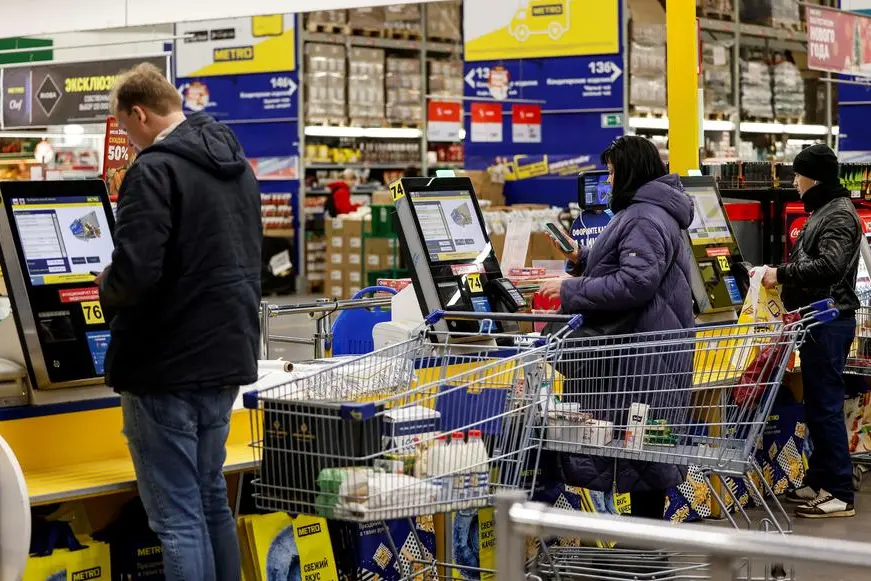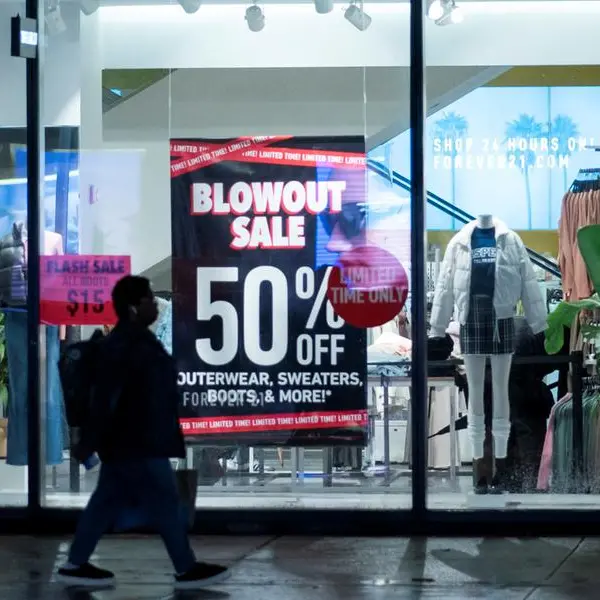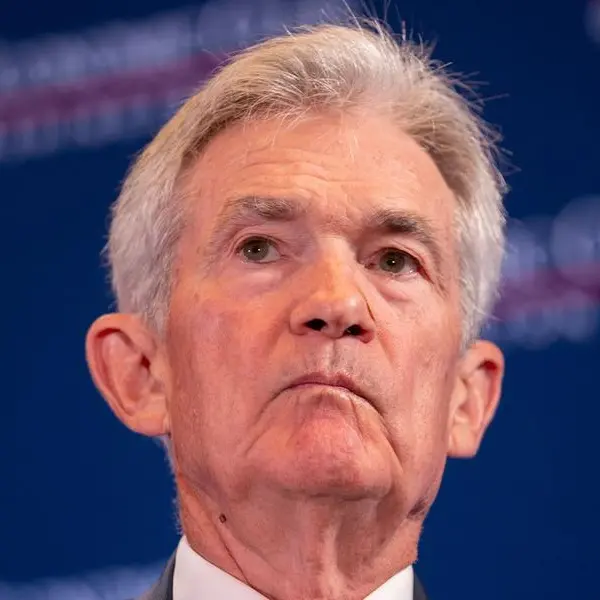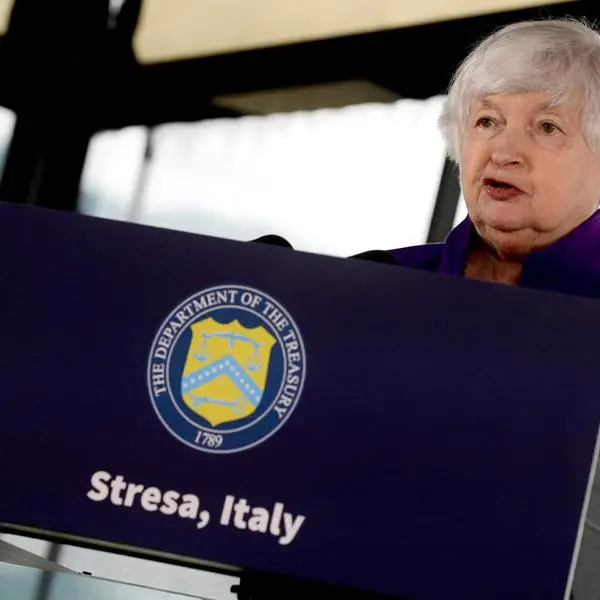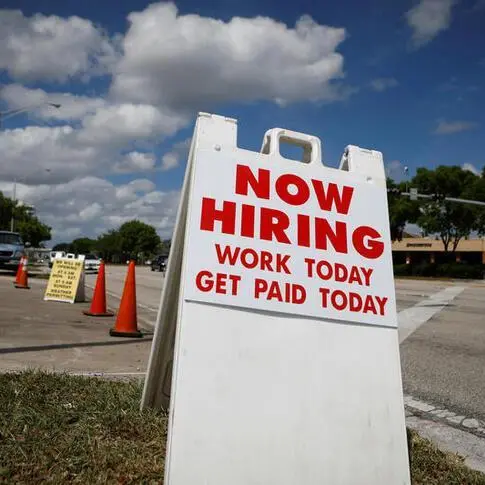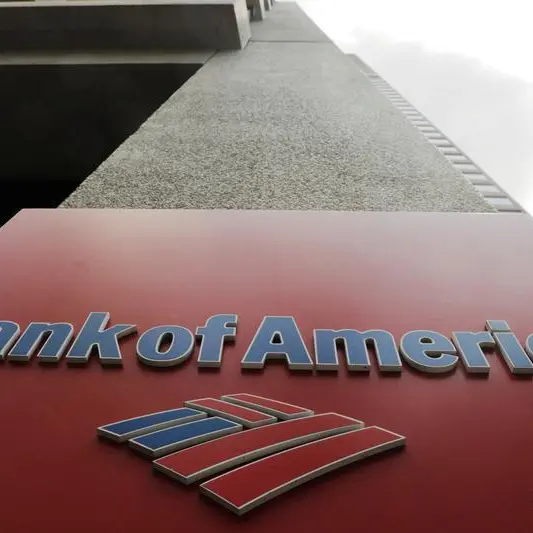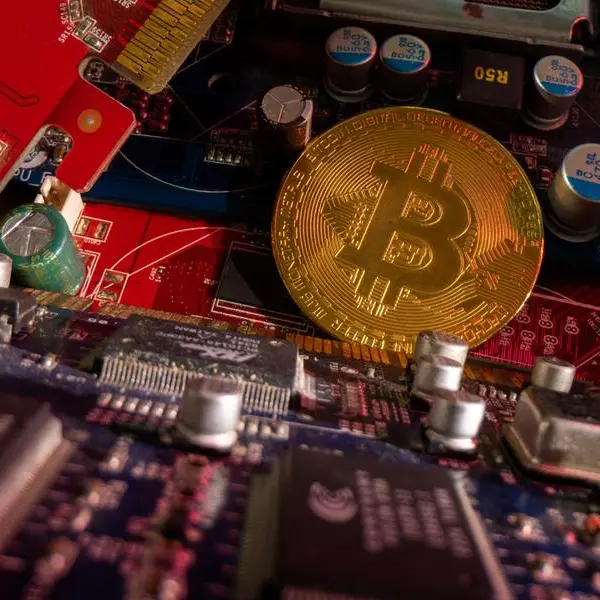PHOTO
WASHINGTON - U.S. consumer prices increased more than expected in March as Americans continued to pay more for gasoline and rental housing, leading financial markets to anticipate that the Federal Reserve would delay cutting interest rates until September.
The third straight month of strong consumer price readings reported by the Labor Department on Wednesday also suggested that the pick up in inflation in January and February could not be solely attributed to businesses raising prices at the start of the year as economists had argued.
The report followed news last week that job growth accelerated in March, with the unemployment rate slipping to 3.8% from 3.9% in February. The stubbornly higher cost of living looms large over the Nov. 5 presidential election. Still, there were some silver linings, with food prices at the supermarket unchanged and the cost of motor vehicles declining, leading to the return of goods deflation.
"The data does not completely remove the possibility of Fed action this year, but it certainly lessens the chances the Fed is cutting the overnight rate in the next couple months," said Phillip Neuhart, director of market and economic research at First Citizens.
The consumer price index rose 0.4% last month after advancing by the same margin in February, the Labor Department's Bureau of Labor Statistics said. Gasoline prices climbed 1.7% after increasing 3.8% in February. Shelter costs, which include rents, rose 0.4%, matching February's gain.
Gasoline and shelter accounted for more than half of the increase in the CPI. Food prices rose 0.1%, though grocery food inflation was unchanged amid declines in the costs of butter as well as cereals and bakery products, which recorded their largest monthly decrease since 1989.
But prices for meats and eggs rose. There was a modest increase in the prices of fruits and vegetables.
In the 12 months through March, the CPI increased 3.5%, the most since September. The CPI was also boosted by last year's low reading dropping out of the calculation. It rose 3.2% in February. Economists polled by Reuters had forecast the CPI gaining 0.3% on the month and advancing 3.4% year-on-year.
Though the annual increase in consumer prices has declined from a peak of 9.1% in June 2022, the disinflationary trend has virtually stalled in recent months.
The Fed has a 2% inflation target. The measures it tracks for monetary policy are running considerably below the CPI rate.
President Joe Biden urged "corporations including grocery retailers to use record profits to reduce prices." Biden who will face former President Donald Trump in a rematch in November also said he had a plan to lower housing costs by building and renovating more than two million homes.
A government watchdog, Accountable.US, decried what it called corporate greed for the persistently high inflation.
Shortly after the data, financial markets pushed back their expectations for the first rate cut to September from June, according to CME's FedWatch Tool. They now expect only two rate cuts instead of the three envisaged by Fed officials last month. A minority of economists see the window for rate cuts closing.
Minutes of the Fed's March 19-20 meeting published on Wednesday showed policymakers worried that progress on inflation might have stalled. The central bank has kept its policy rate in the 5.25%-5.50% range since July. It has raised the benchmark overnight interest rate by 525 basis points since March 2022.
"The strong inflation data ... should force the Fed to go back to the drawing board with regards to their monetary policy ambitions for the year," said Charlie Ripley, senior investment strategist at Allianz Investment Management in Minneapolis.
Stocks on Wall Street tumbled. The dollar rallied against a basket of currencies. U.S. Treasury yields rose.
NOT OUT OF CONTROL
Excluding the volatile food and energy components, the CPI gained 0.4% last month after a similar rise in February and January. Before rounding, the so-called CPI increased 0.359%, which economists said indicated that inflation was not running out of control. The monthly core CPI was boosted by rents.
Owners' equivalent rent (OER), a measure of the amount homeowners would pay to rent or would earn from renting their property, climbed 0.4% after a similar rise in February.
Motor vehicle insurance was another driver, surging 2.6%. That was the largest rise since July 2020 and followed a 0.9% gain in February. The cost of motor vehicle repairs jumped 3.1%, the most since August 2022. Healthcare costs rose 0.5%.
There were also increases in the prices of apparel and personal care. But prices for used cars and trucks, recreation and new vehicles fell. Airline tickets cost less and the price of hotel and motel rooms was unchanged.
Goods prices edged up 0.1%, but declined 0.2% excluding food and energy. The cost of services increased 0.5%. Excluding rent of shelter, services shot up 0.8% after advancing 0.6% in February.
In the 12 months through March, the core CPI rose 3.8%, matching February's increase. It increased at a 4.2% annualized rate in the first quarter, accelerating from the October-December quarter's 3.4% pace.
"The first quarter's stronger outturn reflects the often-choppy nature of monthly price measurement and that the pickup is likely to be a 'bump' on the road back toward the Fed's inflation target rather than a sign that slowing inflation is reversing course," said Sarah House, a senior economist at Wells Fargo in Charlotte, North Carolina.
Some of the drivers of the core CPI, including motor vehicle insurance, do not feed into the personal consumption expenditures price indexes, the inflation measures tracked by the Fed for its inflation target.
Economists estimated that core PCE inflation rose 0.3% in March after a similar gain in February, lowering the year-on-year increase to 2.7% from 2.8% in February. March's producer price data on Thursday could change these forecasts.
"There are still embers of inflation here and there in the economy," said Joe Davis, chief global economist at Vanguard.
(Reporting by Lucia Mutikani; Editing by Chizu Nomiyama and Andrea Ricci)
